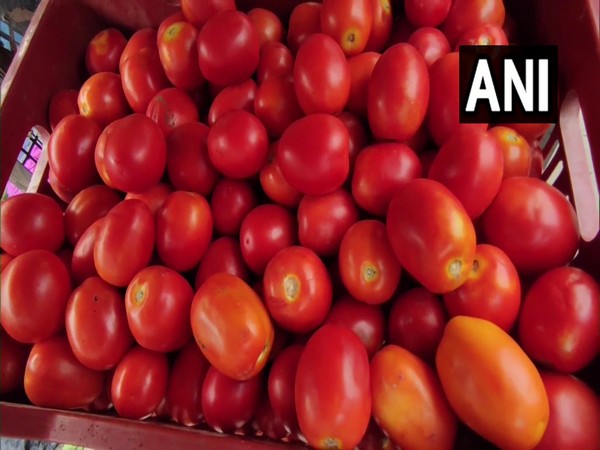The government’s agricultural marketing company National Cooperative Consumers Federation of India Ltd (NCCF) on Monday began selling tomatoes at the subsidised rate of Rs 70 per kilogram through the Open Network for Digital Commerce (ONDC).
Anice Joseph Chandra, Managing Director, NCCF told ANI that “We have partnered with ONDC for sale of tomatoes in Delhi NCR.”
Incorporated on December 31, 2021, ONDC goes beyond the current platform-centric digital commerce model where the buyer and seller have to use the same platform or application to be digitally visible and do a business transaction.
Consumers can place their orders from 9.30 am to 3.30 pm daily and the delivery will be made the next day.
“There will be doorstep delivery at no extra cost to the consumer,” she said.
Chandra said that tomatoes will be made available through buyers’ app listed at ONDC such as Paytm, Magicpin, Mystore and Pincode to begin with.
“The interface is simple and user-friendly. Consumers can simply go on these apps and order tomatoes at the rate of Rs 70 per kg. Order is restricted to 2 kg per order only.”
Currently, e-commerce companies are providing doorstep delivery at about Rs 170-180 per kg.
The sharp rise in tomato prices was reported across the country, and is not just limited to a particular region or geography. In key cities, it rose to as high as Rs 150-200 per kg.
In its bid to give further relief to consumers, the central government on last Wednesday said it has directed its marketing agencies – NAFED and NCCF – to sell tomatoes at Rs 70 per kg instead of Rs 80.
The tomatoes procured by National Cooperative Consumers’ Federation of India (NCCF) and National Agricultural Cooperative Marketing Federation of India (NAFED) had been retailed, initially, at Rs 90 per kg and then reduced to Rs 80 per kg from July 16, 2023 to now Rs 70.
Amid a sharp spurt in tomato prices across the country, the agencies — NCCF and NAFED – had commenced the procurement of tomatoes from mandis in Andhra Pradesh, Karnataka and Maharashtra for simultaneous disposal in major consumption centres where retail prices have recorded maximum increase in last one month.
The government attributed the rise in prices to the monsoon season, saying that it added to further challenges related to distribution and increased transit losses. (ANI)
Read More: http://13.232.95.176/

